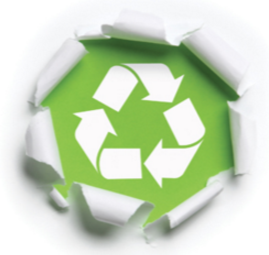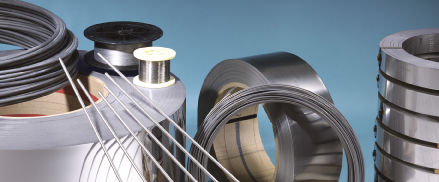Can we really survive without technology? Both reality and statistics tend to differ. The fact that we live in a tech-driven society means that our hunger for technology and electronic devices is more than just a craving. This explains why most people find it hard to resist the temptation of upgrading their gadgets whenever an opportunity arises. Unless you are a technophobe, everyone else can relate to this.
But who is really to blame when tech companies continue to entice the masses with their new creations? Opportunity always creates a threat. As you choose to upgrade your smartphone, TV set or laptop have you ever thought about what really happens to your old stuff? The findings are startling.
Over the years, there has been a lot of talk about environmental conservation and you can understand why considering the growing concern of electronic waste. In July, 2015 NBC News reported that the U.S is the world’s leading producer of electronic waste outdoing China by over a million tons.
With this growing concern, the importance of electronic recycling can never be overemphasized. It is seen as the ultimate solution to improving the ecological footprint of the planet.
When considering the importance of recycling e-waste, it is worth remembering these fascinating facts about electronic recycling:
- In America alone electronic waste represent about 2% of the entire trash in landfills but makes up for the 70% of the overall toxic waste.
- It is estimated that about one million cell phones are recycled every year meaning that around 35,274lbs of copper, 772lbs of silver, 75lbs of gold and 33lbs of palladium are recovered annually.
- Did you know that most of the items considered as e-waste in America are not actually waste? As a matter of fact, these items are either parts or complete electronic devices that can be marketable for reuse or better yet recycled to recover useful material.
- According to stats released by EPA, the fastest growing municipal waste in America to date is electronic waste.
- Just to paint a clear picture of what really e-waste entails; to manufacture one PC and a monitor, it takes about 530lbs of fossil fuel, 1.5 tons of water and 48lbs of chemicals.
Are E-Waste Toxic and Can Electronic Recycling Help?
Electronic waste is extremely toxic and can never be assumed to be just waste. These equipment contain dangerous chemicals including but not limited to: lead, beryllium, cadmium, mercury and arsenic.
Another common but toxic substance found in e-Waste is brominated flame retardants which when burned at low temperatures releases additional toxins including: furans and halogenated dioxins. Most of these toxins have devastating effects on humans and can cause reproductive disorders, cancer and endocrine disruptions to name just but a few of the common medical conditions triggered by these harmful substances.
Therefore, improper disposal of electronic gadgets is hazardous not only to the environment but it also pose as a threat to the humans. This leads us to the question; can electronic recycling help? To some extent yes, e-Recycling can indeed help deal with the problem of e-Waste but only if done correctly.
Recycling electronic waste by shipping and dumping them to third world countries and claim to be philanthropic is a wrong approach to the problem. Consider the three R’s of recycling: reduce waste, reuse (by donating your electronics) and recycle using a certified e-Waste recycler as the best options to dealing with the electronic waste problem.



